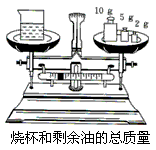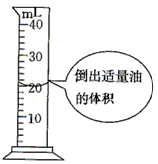 Living in a foreign culture can be exciting, but it can also be confusing. A group of Americans who taught English in other countries recently discussed their experiences. They decided that miscommunications were always possible, even over something as simple as "yes" and "no".
Living in a foreign culture can be exciting, but it can also be confusing. A group of Americans who taught English in other countries recently discussed their experiences. They decided that miscommunications were always possible, even over something as simple as "yes" and "no".
On her first day in Micronesia, an island in the Pacific, Lisa thought people weren’t paying any attention to her. The day was hot. She went into a store and asked, "Do you have cold drinks" The woman there didn’t say anything. Lisa repeated the question. Still the woman said nothing. She later learned that the woman had answered her: She had raised her eyebrows, which in Micronesia means "yes".
Jan remembered an experience she had in Bulgaria, a country in Europe. She went to a restaurant that was known for its cabbage. She asked the waiter, "Do you have cabbage today" He nodded his head. Jan waited, but the cabbage never came. In that country, a nod means no.
Tom had a similar problem when he arrived in India. After explaining something in class, he asked his students if they understood. They answered with many different nods and shakes of the head. He thought some people had not understood, so he explained again. When he asked again, they did the same thing. He soon found out that his students did understand. In India, people nod and shake their heads in different ways depending on where they come from. You have to know where a person is from to understand whether they mean "yes" or "no".
Which of the following is TRUE according to(根据) this passage()
A.In Bulgaria, nodding heads means "no".
B.Jan taught English on a Pacific island.
C.Lisa was trying to buy some cabbage.
D.In India, only shaking heads means "yes".







 Living in a foreign culture can be exciting, but it can also be confusing. A group of Americans who taught English in other countries recently discussed their experiences. They decided that miscommunications were always possible, even over something as simple as "yes" and "no".
Living in a foreign culture can be exciting, but it can also be confusing. A group of Americans who taught English in other countries recently discussed their experiences. They decided that miscommunications were always possible, even over something as simple as "yes" and "no".